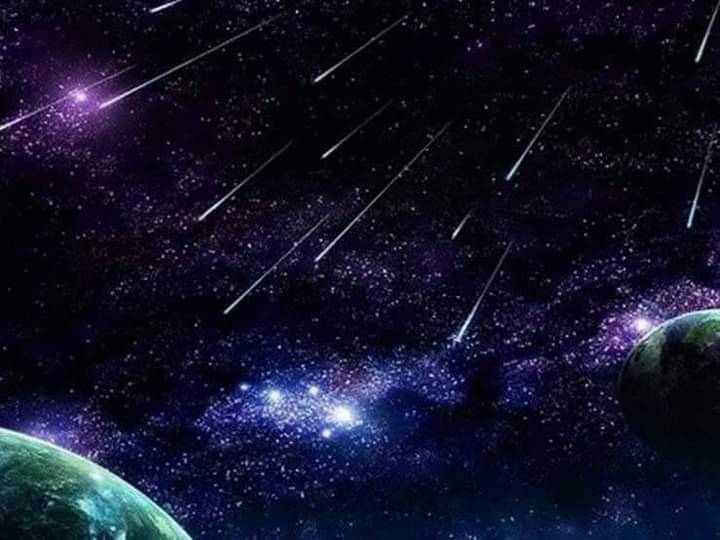You can observe a rare phenomenon of five planets aligning in the sky in the second half of June, and you'll need to wake up when dawn starts to brighten the eastern sky. Keep in mind that it will take decades before you'll have another chance to see the planets and the moon arranged this way, so don’t miss this opportunity. The sky will be completely free from any of the five bright planets visible to the naked eye (Mercury, Venus, Mars, Jupiter, and Saturn). You just need to wait until the second half of the night to see them, as they will slowly appear, one by one, and just before sunrise, all five will line up across the southern and eastern sky.
While it is normal to see two or three planets in conjunction, seeing five planets aligned at the same time is something particularly special. This week's alignment will be truly spectacular, as the five worlds will appear to stretch across a bow in the middle of the sky, extending from the east to the northeast towards the south just before sunrise. What's even more interesting is that these five planets will appear in the same sequence in the sky as they are in their own orbits around the sun. In this case, a view from the eastern and northeastern horizon, continuing to rise towards the right, will show Mercury, Venus, Mars, Jupiter, and Saturn, alongside the moon, which can help pinpoint Earth's location in this formation from June 23 to 25, making it an extremely rare arrangement.
Incredibly, the last time this type of alignment occurred was on March 5, 1864. The formation will start with Saturn, which will appear at around midnight and continue until the early pre-dawn hours along with Jupiter and then Mars. The stunning planet Venus will shine brightly at dawn, followed by Mercury about 30 to 40 minutes before sunrise. To the naked eye, Saturn appears as a bright yellow-white "star" twinkling with a dense glow in the relatively dim zodiac constellation of Capricorn. A small telescope can provide a glimpse of the planet's famous rings. At first light, Saturn will be well-positioned for viewing in the southeast sky.
You can spot Jupiter in the early morning hours. It will be located in the western constellation of Pisces and will be about 2.5 times brighter than Sirius, the brightest star in Earth’s sky. The giant planet will reach western quadrature (90 degrees west of the sun) on June 29. Looking through a telescope, you might notice that the western edge of the planet appears slightly dimmer than the eastern edge this month.
Mars has finally started to draw attention as it approaches Earth and continues to brighten. It rises in the east just before the early morning hours and now shines comparably to "Achernar," the ninth brightest star in the sky. You will recognize Mars by its distinctive orange-yellow color. Venus rises close to the first glow of dawn, outshining its nearest competitive brightness, Jupiter, by four times. Binoculars will help show the Pleiades star cluster 9 degrees to the left of Venus before the morning twilight becomes too bright.
Mercury will be the last to join the morning planetary alignment. On June 16, Mercury was at its greatest elongation, 23 degrees west of the sun, making it now marginally visible to the naked eye very low in the east-northeast about 30 to 40 minutes before sunrise. It can be seen about 10 degrees below and to the left of Venus (a clenched fist at arm's length is approximately 10 degrees). Until the end of June, Mercury will remain at nearly the same altitude during the bright twilight as it continues to brighten.
Perhaps the best thing about this rare planetary alignment is that it is visible even from light-polluted cities and towns. All five planets (and the moon, too) are bright enough to shine through the haze and bright lights of major urban areas. The only downside, of course, is that to see the full arrangement, you'll need to wake up when dawn begins to brighten the eastern sky. Keep in mind that it will take decades before you'll have another chance to see the planets and the moon arranged this way, so don’t miss this opportunity.




